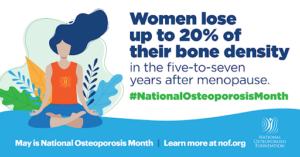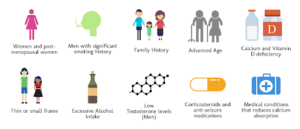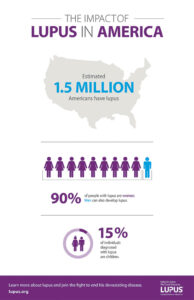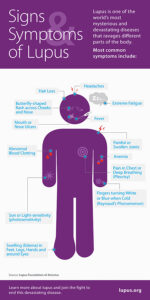
May is National Osteoporosis Month
“Healthy Bones are Always in Style”
As some have said, osteoporosis is a childhood disease with old age consequences. What does this mean?
The bone mass that we build in our early years is an important determinant of lifelong skeletal health and there is work to be done at EVERY AGE to ensure healthy bones.
90% of our peak bone density is formed by age 19 years old with peak bone mass at age 30 years old. Women lose up to 20% of their bone density in the five to seven years after menopause.

Bone is a dynamic tissue
We are constantly breaking down old bone and building up new bone. This occurs daily in everyone. The balance between the building of new bone and the breaking down of old bone determines the density of our bones. Given this continuous process, promoting daily habits that help promote the building or maintenance of healthy bones are crucial.
Regular daily physical activity is imperative for bone health
Physical activity builds bone when we are younger and this is helps prevent bone loss as we age. Increasing your physical activity at any age can help improve bone density. Weight bearing exercise, especially resistance training, has been shown to reduce fracture risk in women.
Ensure adequate intake of Calcium from your diet
The current recommendation for Calcium intake is:
- 1000mg daily for women younger than 50 years old
- 1200mg daily for women 50 years old and older
Some studies have suggested a possible increased risk for cardiovascular disease (i.e. heart attack and stroke) in postmenopausal women who take calcium supplements, but these studies have been mixed. Calcium from dietary sources is encouraged to avoid this potential interaction. Good sources of calcium include dairy products, almonds, broccoli, kale, canned salmon with bones, sardines and soy products like tofu.
Avoid tobacco use
Limit alcohol consumption to 1 drink per day or less
Vitamin D is another important building block of bone formation
Your body needs vitamin D to absorb Calcium.
- For adults ages 19 to 70, the recommended daily allowance (RDA) for Vitamin D is 600 international units (IUs) per day.
- The recommendation increases to 800 IUs per day for adults age 71 and older.
Good sources of Vitamin D include oily fish, such as salmon, trout, whitefish and tuna. Also, mushrooms, eggs and fortified foods, such as milk and cereals, are good sources of Vitamin D. Sunlight also contributes to the body’s production of Vitamin D. If you’re worried about getting enough vitamin D, ask your doctor about supplements.

Regular follow up with your doctor is important to screen for medications which might have a negative effect on your bone health and to ensure optimization of endocrine factors. Testing for bone loss is tailored to each individual based on clinical findings, age and medical factors.




